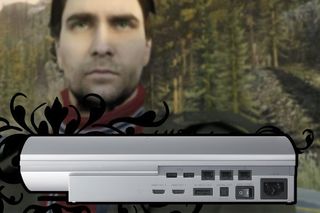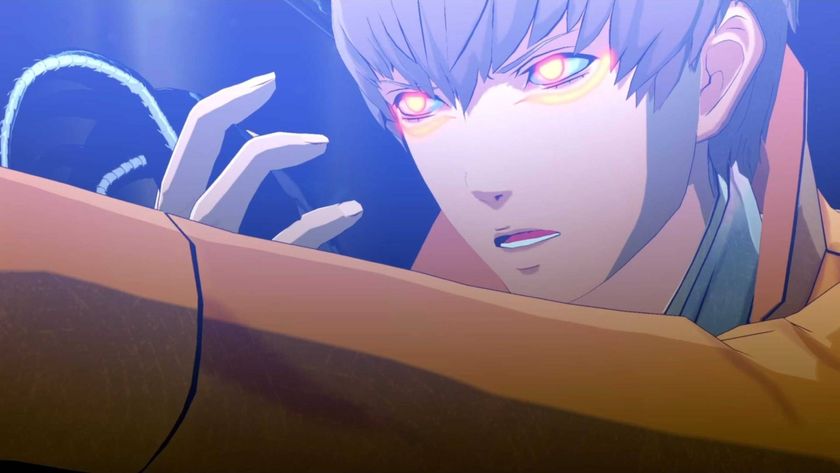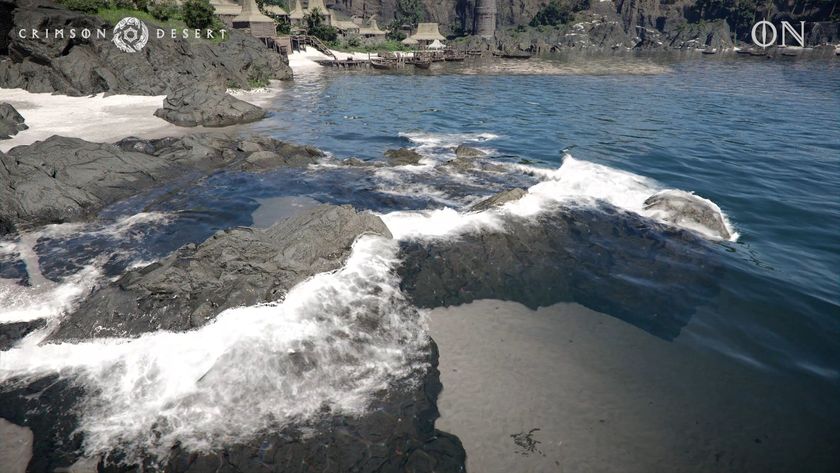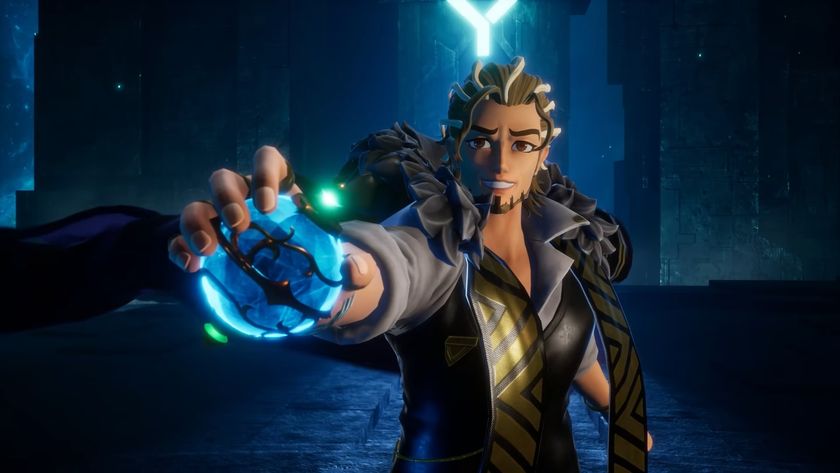PS3: What it does
And why you want it. We tell all
Junk in the trunk
The PS2 already seems to have too many ports: two for controllers, two memory card slots, video, power, and optical audio, and two USB ports (not to mention the iLink port, which Sony dropped in 2003.) Well, the PS3 makes a mockery of its little brother: there's a hard drive slot, four USB ports on the front and two on the back and ports for Memory Stick (which is also used in the PSP,) SD and Compact Flash storage cards, like you'd find in digital cameras.
Visual output isn't limited to the same A/V port the PSone and PS2 had, though it's there. There's also an optical audio port, just like the PS2. In addition to these, you'll get two HDMI video ports, which are a new, HD-only standard. Three Ethernet jacks for network connectivity wrap up the back (there's a place for the power plug too, of course.) Of course, the machine can output in all of the HD resolutions: 1080p, 720p and 1080i are all supported.

Above: The back of the PS3 meets the backwoods beauty of Alan Wake.
Why should I care? The USB ports will allow for a wide range of controllers to be plugged into the system - though it also supports wireless Bluetooth for up to seven controllers if you hate cords. This, obviously, allows for a hell of a lot of control options. The two HDMI ports will allow you to rock dual-screen HD gaming. And as far as the next-gen systems are concerned, PS3 is the only one that will support 1080p, the highest resolution HD systems are capable of, leading to the crispest graphics yet seen. Essentially, if it's a high-end digital device, you'll be able to attach it to your PS3 somehow, and that's a good thing.
Sign up to the 12DOVE Newsletter
Weekly digests, tales from the communities you love, and more

Metaphor: ReFantazio had to dial back an early battle system inspired by a notoriously brutal 2003 JRPG, because 20 years later, players found it "irrational" and "just not fun"

At a ridiculously detailed showcase of the open-world engine behind the RPG Crimson Desert, I asked a ridiculously detailed question about water and all hell broke loose











